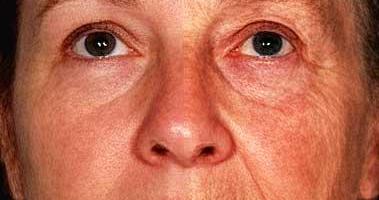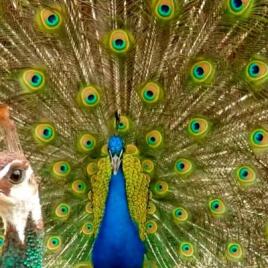
The impact of aging on human facial appearance as illustrated by the average face of 12 women aged 47 years (right facial side) and 12 women aged 70 years (left side). Aging effects facial skin such as wrinkling, uneven pigmentation, and facial structure such as lip size, nasolabial fold, with some people looking older, others younger for their age. (Image credit: Fan Liu)
A gene may be partially responsible for how old you look, according to a new study. The gene, MC1R, is known for producing red hair and pale skin, as well as playing a role in repair to damaged DNA and other biological processes. Researchers found people carrying the gene typically look almost two years older than they are. Previous studies have been shown linking perceived age with a person’s health and mortality, suggesting the age we perceive a person to be from their facial appearance may relate in important ways to their biological age and health.
Authors:
Fan Liu, Merel A. Hamer, Joris Deelen, Japal S. Lall, Leonie Jacobs, Diana van Heemst, Peter G. Murray, Andreas Wollstein, Anton J.M. de Craen, Hae-Won Uh, Changqing Zeng, Albert Hofman, André G. Uitterlinden, Jeanine J. Houwing-Duistermaat, Luba M. Pardo, Marian Beekman, P. Eline Slagboom, Tamar Nijsten, Manfred Kayser, David A. Gunn
Corresponding authors:
Manfred Kayser and David A. Gunn
Original paper, published on April 28, 2016 in Current Biology.


